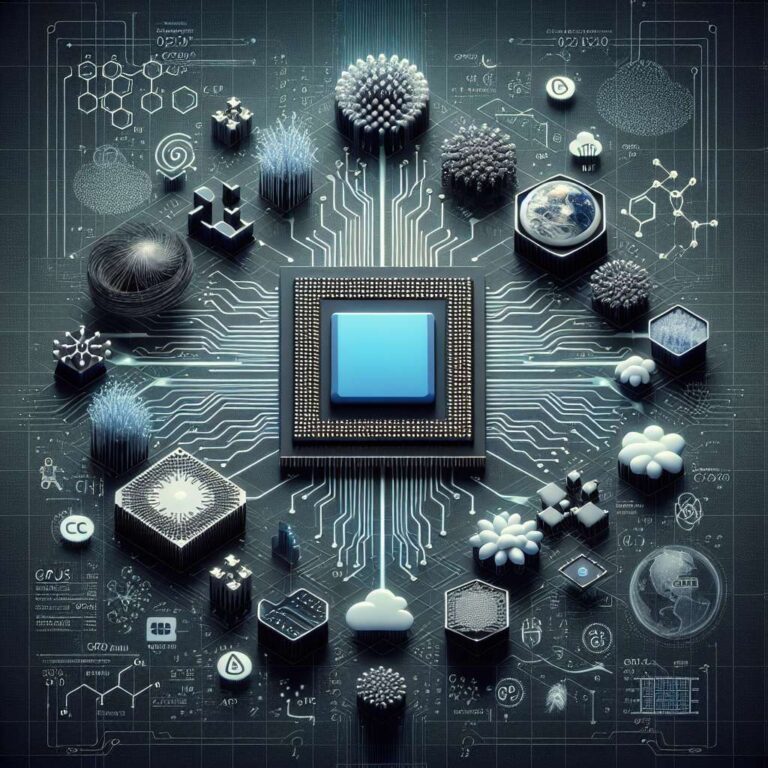From forecasting severe weather to validating vehicle safety and stress-testing financial portfolios, many of the world’s most consequential computations depend on high-performance computing. At the center of these efforts is the CPU, a long-standing backbone for the simulation-heavy workloads that inform daily decisions for consumers, commuters, and investors. While specialized hardware has expanded the options for certain tasks, the CPU remains the default engine for a wide range of scientific, engineering, and research use cases.
Even as GPU-powered Artificial Intelligence captures attention and investment in 2025, the data points to a more nuanced reality. Predictions anticipate that GPU and accelerator installations will grow 17 percent year over year through 2030. Yet CPUs still shoulder the vast majority of cutting-edge workloads across labs and enterprises. Evan Burness, who leads Microsoft Azure’s HPC and Artificial Intelligence product teams, estimates that CPUs continue to support 80 to 90 percent of high-performance computing simulation jobs today, underscoring their centrality to production-scale modeling and analysis.
Far from becoming obsolete, CPUs are undergoing a technological renaissance in 2025. A new wave of innovation, including the integration of high-bandwidth memory, is delivering substantial performance gains. Crucially, these advances do not require costly architectural resets, which helps organizations upgrade without overhauling established software stacks or infrastructure. The result is a practical path to faster simulations and analyses while preserving the reliability and predictability that production workloads demand.
For practitioners in meteorology, automotive engineering, and finance, these CPU advances translate into more responsive models, quicker iteration cycles, and stronger confidence in results. As accelerator deployments expand, CPUs remain the workhorse for the majority of simulation-centric tasks, complemented rather than replaced by specialized hardware. The ongoing improvements to CPU memory bandwidth and overall efficiency ensure that next-generation supercomputing continues to build on a foundation that is both familiar and rapidly evolving.

